 Alcoa Aluminum
Alcoa Aluminum
County: Saline
 Alcoa Aluminum
Alcoa Aluminum
Alexander (Pulaski and Saline Counties)
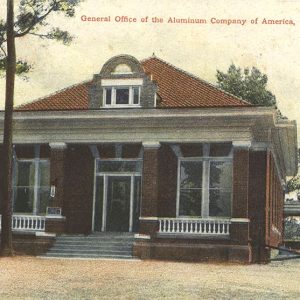 Aluminum Company of America
Aluminum Company of America
 Anderson's Esso
Anderson's Esso
Arkansas Health Center
 Arkansas Health Center
Arkansas Health Center
Avilla (Saline County)
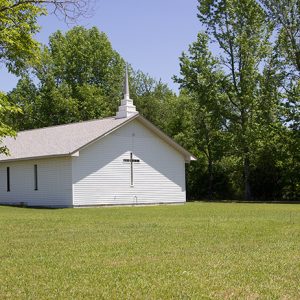 Avilla Baptist Church
Avilla Baptist Church
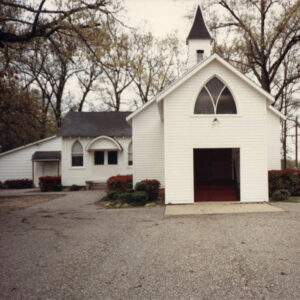 Avilla Church
Avilla Church
 B&N Railway
B&N Railway
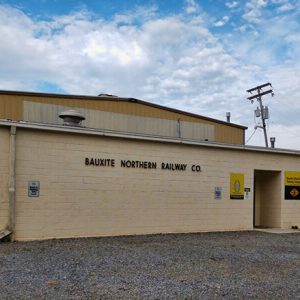 B&N Railway Depot
B&N Railway Depot
 B&N Railway Sign
B&N Railway Sign
 Asher Bagley Grave
Asher Bagley Grave
Barnes, Bruce “Sunpie”
Barron-Craig House
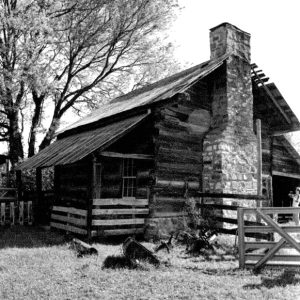 Barron-Craig House
Barron-Craig House
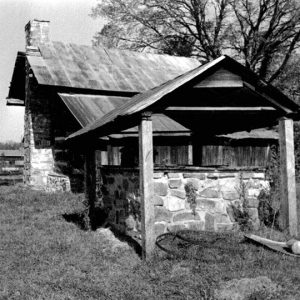 Barron-Craig House
Barron-Craig House
 Barron-Craig House
Barron-Craig House
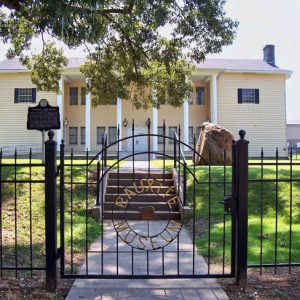 Bauxite Historical Museum
Bauxite Historical Museum
Bauxite (Saline County)
Bauxite and Northern Railroad
Bauxite Historical Association and Museum
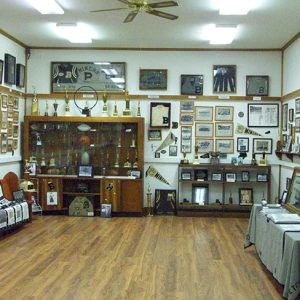 Bono Room
Bono Room
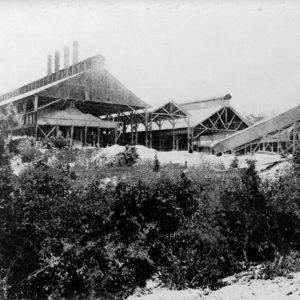 Bauxite Mill
Bauxite Mill
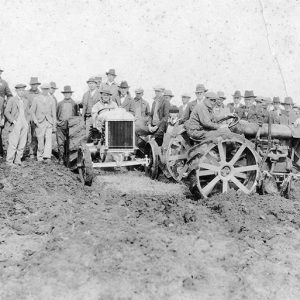 Bauxite Miners
Bauxite Miners
 Bauxite Mining
Bauxite Mining
 Bauxite Mural
Bauxite Mural
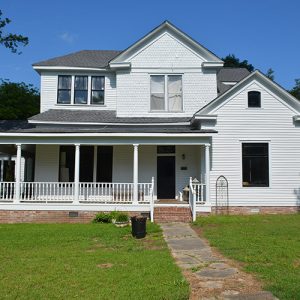 Bennett House
Bennett House
Bennett House
Benton (Saline County)
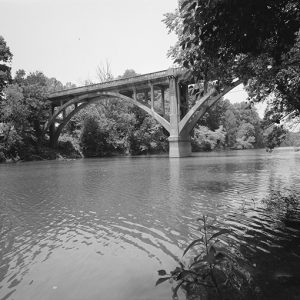 Benton Bridge
Benton Bridge
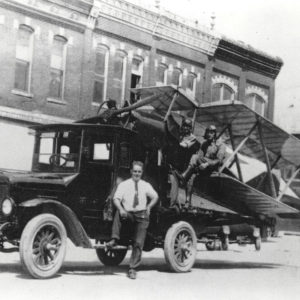 Benton Airplane
Benton Airplane
 Benton Campus
Benton Campus
 Benton Campus Interior
Benton Campus Interior
 Benton Center
Benton Center
 Benton City Jail
Benton City Jail
Benton Commercial Historic District
 Benton High School
Benton High School
 Benton Methodist Church
Benton Methodist Church
 Benton Street Scene
Benton Street Scene
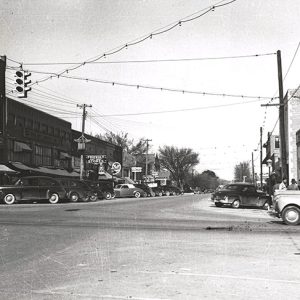 Benton Street Scene
Benton Street Scene
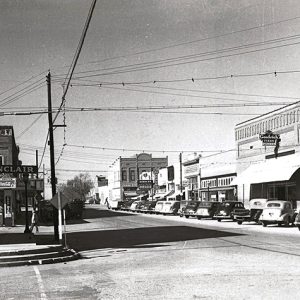 Benton Street Scene
Benton Street Scene
 Benton Street Scene
Benton Street Scene
Benton Utilities
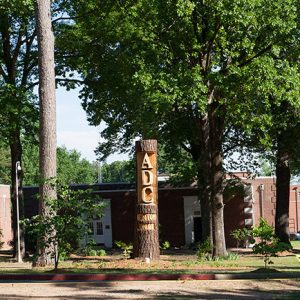 Benton Work Release Center
Benton Work Release Center
Benton, Affair at
Benton, Skirmish at (August 18, 1864)
Benton, Skirmish at (December 1, 1863)
Benton, Skirmish at (July 6, 1864)
 Bland
Bland




